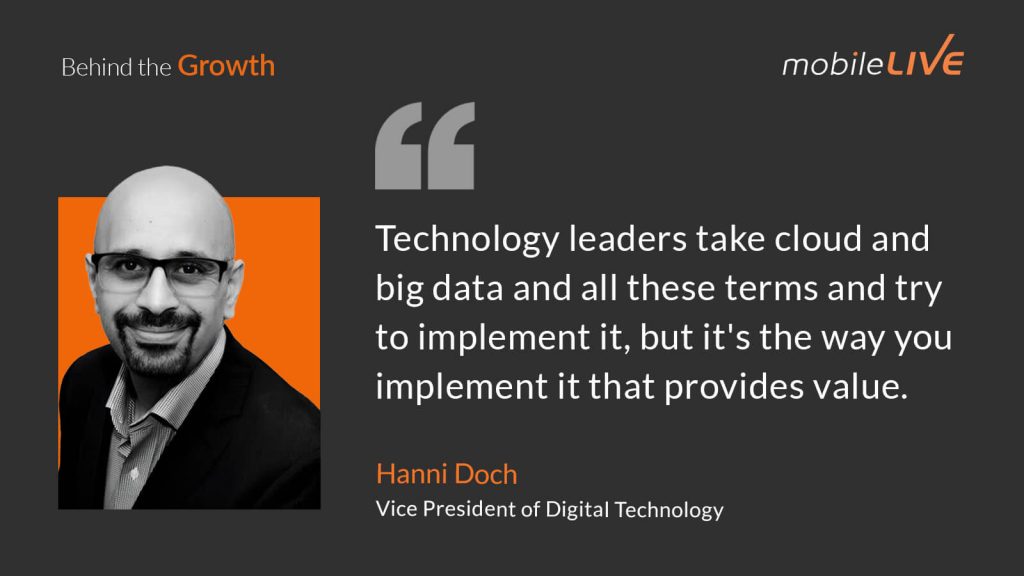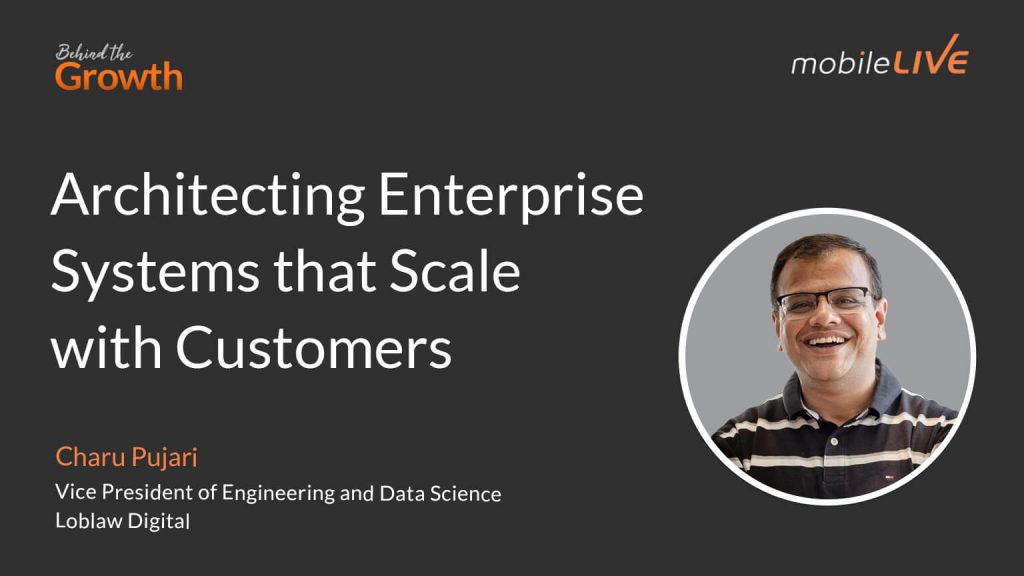Key Insights
Big bang transformations fail when value is delayed
Enterprises that attempt large-scale digital overhauls often fall into the trap of multi-year projects that deliver no immediate benefit—and sometimes no benefit at all. Instead of restructuring all systems at once, Hanni advocates for an incremental approach that focuses on specific applications, services, or processes that generate visible value early. By doing so, organizations can avoid the fatigue and inefficiencies that come from long transformation timelines and begin to unlock returns quickly. This strategy also allows teams to build momentum and stakeholder trust with each successive win. This approach offers a practical path to managing risk, controlling scope, and aligning technology execution with business impact.
Cloud migration without value realization is a costly illusion
Many enterprises treat cloud adoption as a checkbox activity—moving workloads from on-prem to cloud without re-architecting for performance, flexibility, or cost-efficiency. Hanni points out that simply replicating existing infrastructure in the cloud leads to missed opportunities and bloated costs. One of the most compelling examples he shares involves a workload that previously relied on high-powered GPUs running overnight. By shifting this to a scalable, cloud-native environment that spun up only when needed, the organization achieved massive cost savings and operational efficiency. The real benefits come not from migration alone, but from redesigning how infrastructure is used.
AI tools can accelerate delivery—but only with human oversight
AI has a role to play in software development—but not as a replacement for engineering talent. Hanni shares how his team used AI to generate as much as 25% of their code, including use cases and test scripts, dramatically accelerating product delivery. However, he emphasizes that this only worked because skilled developers remained involved, applying judgment, creativity, and quality control. The AI became a productivity tool, not a decision-maker. For tech leaders evaluating AI integration, this is a reminder to treat these tools as enablers within well-governed development environments—not as shortcuts. Success depends on pairing automation with clear standards, strong engineering culture, and responsible implementation.

Episode Highlights
Stop Chasing the Shiny Thing
Hanni challenges how most enterprises approach DevOps—focusing on tools and automation without aligning them to the actual outcomes they want to achieve. He explains that many organizations build pipelines but never address the underlying processes, leading to delays and friction.
“People implemented the tools, implemented the pipelines, but they did not look at the process that takes code from writing code to pushing into servers.”
Cloud Done Wrong Still Looks Like Progress
Many organizations proudly claim they’ve moved to the cloud—but Hanni makes it clear that lifting and shifting isn’t transformation. Without redesigning for cloud-native capabilities, they’re just maintaining the same inefficiencies in a more expensive environment.
“They will do the check and say, we moved to the cloud, but they did not do the check of, they got the benefits of the cloud.”
The Hidden Cost of Legacy UX
Hanni outlines the real, operational pain caused by legacy systems—not just outdated tech, but poor internal experiences that frustrate employees and waste time. He makes a strong case for addressing UX debt as a strategic imperative.
“Their internal employees, they hate how it’s been used. There’s so many clicks… these systems are integrated with other systems and the number of clicks to do actions…”
Hiring Beyond LinkedIn
Hanni shares a different approach to hiring developers: don’t just look at resumes, go where passionate technologists are already building. Forums, meetups, and open-source projects offer deeper insights into talent and culture fit.
“It’s to go where they’re interested in, to go to forums and meetups… and bring them into the journey in your company.”
When Data Lakes Become Swamps
In a sharp critique of enterprise data practices, Hanni explains how poorly governed data environments render even the most advanced infrastructure useless. Without structure, security, or timeliness, there’s no business value—only noise.
“I called it a swamp, not a lake, because people had the data, but it’s not structured, they didn’t have governance, they didn’t have security around it, and they didn’t benefit from it.”







